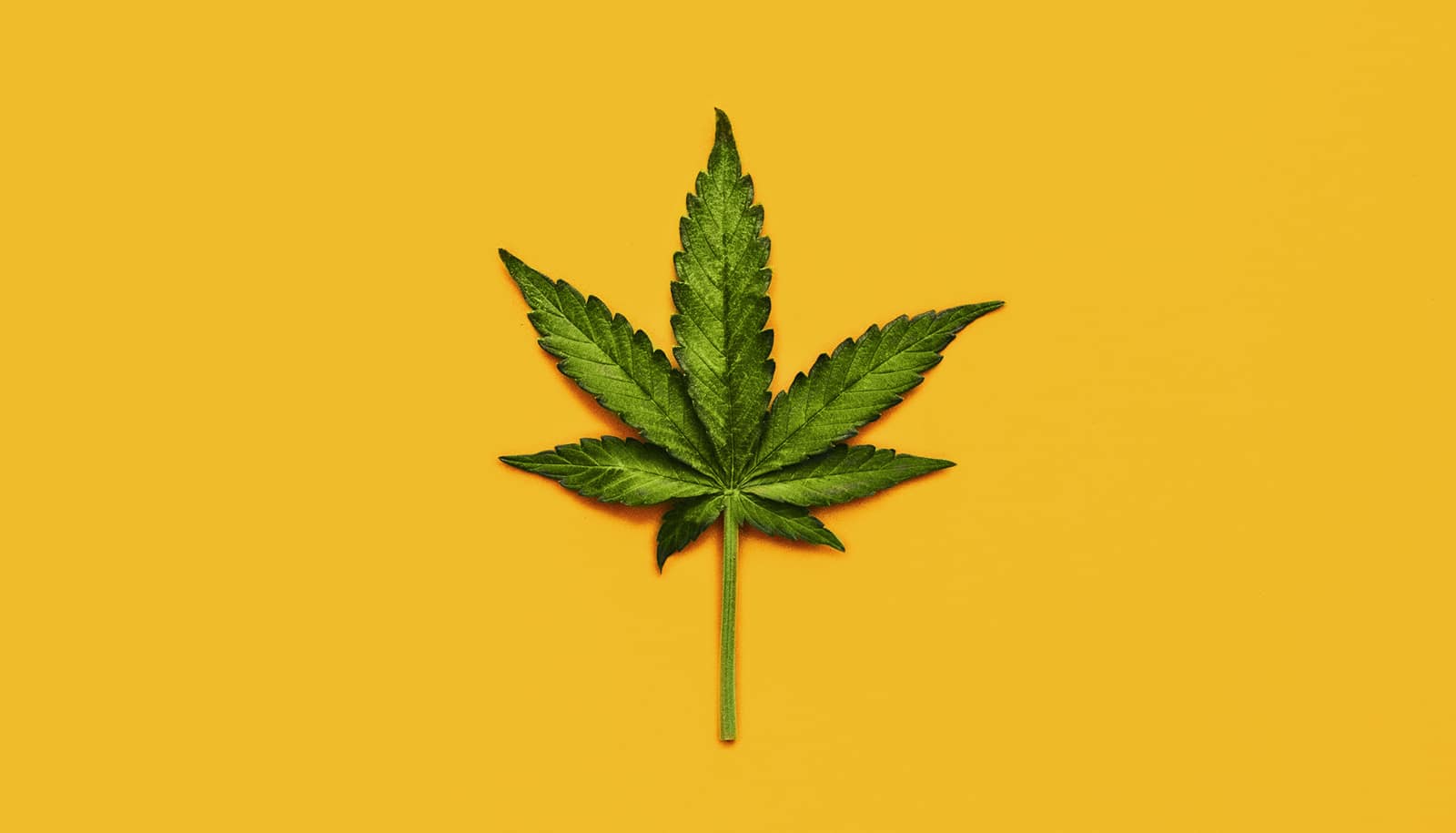There may be variations, based on sex, in the way that both mice and humans remember pain, according to new research.
Scientists increasingly believe that one of the driving forces in chronic pain—the number one health problem in both prevalence and burden—appears to be the memory of earlier pain.
The researchers found that men (and male mice) remembered earlier painful experiences clearly. As a result, they felt stress and were hypersensitive to later pain when they returned to the location where they’d experienced it. Earlier experiences of pain didn’t seem to stress women (and female mice).
The researchers believe that the robust translational nature of the results, from mice to humans, will potentially aid scientists to move forward in their search for future treatments of chronic pain. It was a discovery that came as a total surprise.
“We set out to do an experiment looking at pain hypersensitivity in mice and found these surprising differences in stress levels between male and female mice,” explains senior author Jeffrey Mogil, professor of pain studies at McGill University’s psychology department and the Alan Edwards Centre for Research on Pain.
“So we decided to extend the experiment to humans to see whether the results would be similar. We were blown away when we saw that there seemed to be the same differences between men and women as we had seen in mice.”
“What was even more surprising was that the men reacted more, because it is well known that women are both more sensitive to pain than men, and that they are also generally more stressed out,” says first author Loren Martin, an assistant professor of psychology at the University of Toronto Mississauga.
The past comes back
In experiments with both humans and mice, researchers took the subjects (41 men and 38 women between the ages of 18-40) to a specific room (or put them in a testing container of a certain shape—in the case of the mice) where they experienced low levels of pain from heat on their hind paw or forearm. Humans rated the level of pain on a 100-point scale and mice “rated” the pain by how quickly they moved away from the heat source.
Immediately following this initial experience of low-level pain, subjects experienced more intense pain designed to act as Pavlovian conditioning stimuli. Researchers asked the human subjects to wear a tightly inflated blood pressure cuff and exercise their arms for 20 minutes. This is excruciating and only seven of the 80 subjects rated it at less than 50 on a 100-point scale. Each mouse received a diluted injection of vinegar designed to cause a stomach ache for about 30 minutes.
In order to look at the role that memory plays in the experience of pain, the following day human subjects returned to either the same or a different room, and researchers put mice in the same or a different testing container. Researchers again applied heat to their arms or hind paws.
When (and only when) they went into the same room as in the previous test, men rated the heat pain higher than they did the day before, and higher than the women did. Similarly, male, but not female mice returning to the same environment exhibited a heightened heat pain response, while mice placed in a new and neutral environment did not.
“We believe that the mice and the men were anticipating the cuff, or the vinegar, and, for the males, the stress of that anticipation caused greater pain sensitivity,” says Mogil. “There was some reason to expect that we would see increased sensitivity to pain on the second day, but there was no reason to expect it would be specific to males. That came as a complete surprise.”
No memory, less pain?
In order to confirm that pain increased due to memories of previous pain, the researchers interfered with memory by injecting the brains of male mice with a drug called ZIP that blocks memory. When the researchers then ran the pain memory experiment, these mice showed no signs of remembered pain.
“This is an important finding because increasing evidence suggests that chronic pain is a problem to the extent that you remember it, and this study is the first time such remembered pain has been shown using a translational—both rodent and human subject—approach,” says Martin.
“If remembered pain is a driving force for chronic pain and we understand how pain is remembered, we may be able help some sufferers by treating the mechanisms behind the memories directly.”
Mogil echoes this optimism, “This research supports the idea that the memory of pain can affect later pain.”
“I think it is appropriate to say that further study of this extremely robust phenomenon might give us insights that may be useful for future treatment of chronic pain, and I don’t often say that! One thing is for sure, after running this study, I’m not very proud of my gender,” he adds.
The Canadian Institutes for Health Research, the Natural Sciences and Engineering Research Council of Canada, the Canadian Pain Society/Pfizer Early Career Investigator Pain Research Grant, the Louise and Alan Edwards Foundation, Brain Canada, and the Canada Research Chairs Program funded the research.
The research appears in Current Biology.
Source: McGill University



